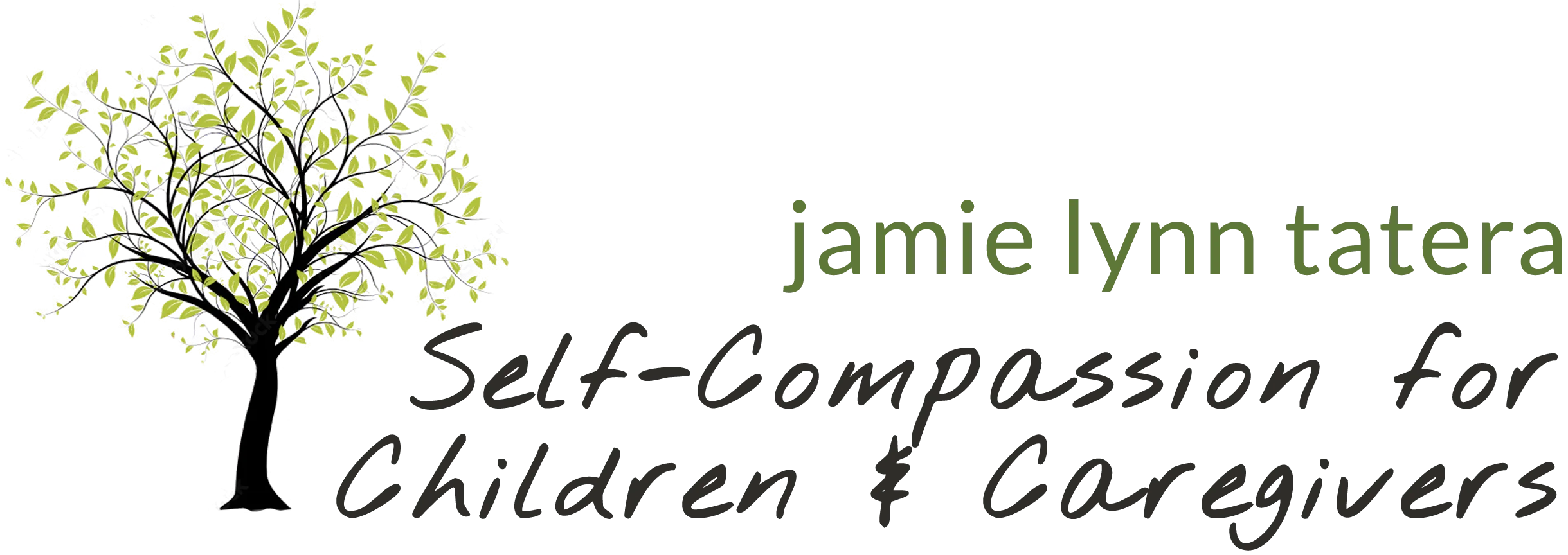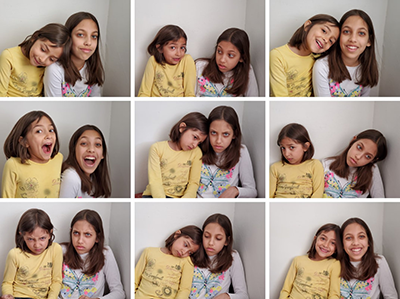Resilience Toolkit
 A friend of mine recently sent me an article from the New York Times entitled, Is Resilience Overrated? As I read the article, I reflected on the many ways that people define resilience. I looked up the word resilience and found this definition: “the capacity to recover quickly from difficulties; toughness.”
A friend of mine recently sent me an article from the New York Times entitled, Is Resilience Overrated? As I read the article, I reflected on the many ways that people define resilience. I looked up the word resilience and found this definition: “the capacity to recover quickly from difficulties; toughness.”
Yes, I thought, if that is how one defines resilience, I can see where a person might think that resiliency is overrated.
I agree that the ability to bounce back from adversity is a hallmark of resilience, but the strategies that one uses to bounce back can make the difference between resilience feeling fatiguing and resilience being uplifting. I consider myself to be a very resilient person, but the word “toughness” is not part of my working definition of the word.
Long-term resilience involves being able to integrate difficult experiences and then respond skillfully. But just how, you might ask, does one do that?
To begin, I would like to talk about what resilience is not. Truthfully, when adversity hits, I oftentimes try my “not resilient” strategies first. Here is what “not resilience” looks like for me: Telling myself there is no problem. Compulsively doing things that distract me from the problem. Trying to look on the bright side of things to avoid feeling difficult feelings. Repeat. When I experience something challenging in my life, I oftentimes practice “not resilience” until I become too anxious or too tired to continue. Then, I surrender to reality and turn toward my resiliency toolkit.
My resilience toolkit includes the following:
-
-
-
- Talking with friends
- Journaling
- Getting angry and sad and scared and messy
- Cloaking myself with kindness and compassion
- Practicing yoga or exercising to get into my body and out of my head
- Spending time in nature
- Gathering resources
- Continuing to take steps forward, often with the support of friends
- Beginning to hope, take in the good, and see silver linings
- Experiencing another setback
- Repeat
-
-

 If you are like me, you are on a roller coaster of feelings during this coronavirus time at home.
If you are like me, you are on a roller coaster of feelings during this coronavirus time at home. When I learned that school had been canceled due to the coronavirus, I was more than a little shocked. My default coping mode was to get busy and stay positive. I also knew that I had to move my body and spend time in nature each day.
When I learned that school had been canceled due to the coronavirus, I was more than a little shocked. My default coping mode was to get busy and stay positive. I also knew that I had to move my body and spend time in nature each day.  The other night I lay in bed, unable to fall asleep. I was feeling sadness about something that had happened earlier in the day, and I offered myself a little compassion for the difficulty. I then went through my usual repertoire of things I do when I lay in bed: I thought about three good things that had happened that day, and then I did the 61 points meditation that so often lulls me to sleep.
The other night I lay in bed, unable to fall asleep. I was feeling sadness about something that had happened earlier in the day, and I offered myself a little compassion for the difficulty. I then went through my usual repertoire of things I do when I lay in bed: I thought about three good things that had happened that day, and then I did the 61 points meditation that so often lulls me to sleep. At some point my mind dazed off, and eventually I fell asleep. I feel so grateful for my self-compassion tools (and mindfulness and gratitude practices) that offer me comfort when I encounter the inevitable challenges of daily (and nightly) life.
At some point my mind dazed off, and eventually I fell asleep. I feel so grateful for my self-compassion tools (and mindfulness and gratitude practices) that offer me comfort when I encounter the inevitable challenges of daily (and nightly) life.